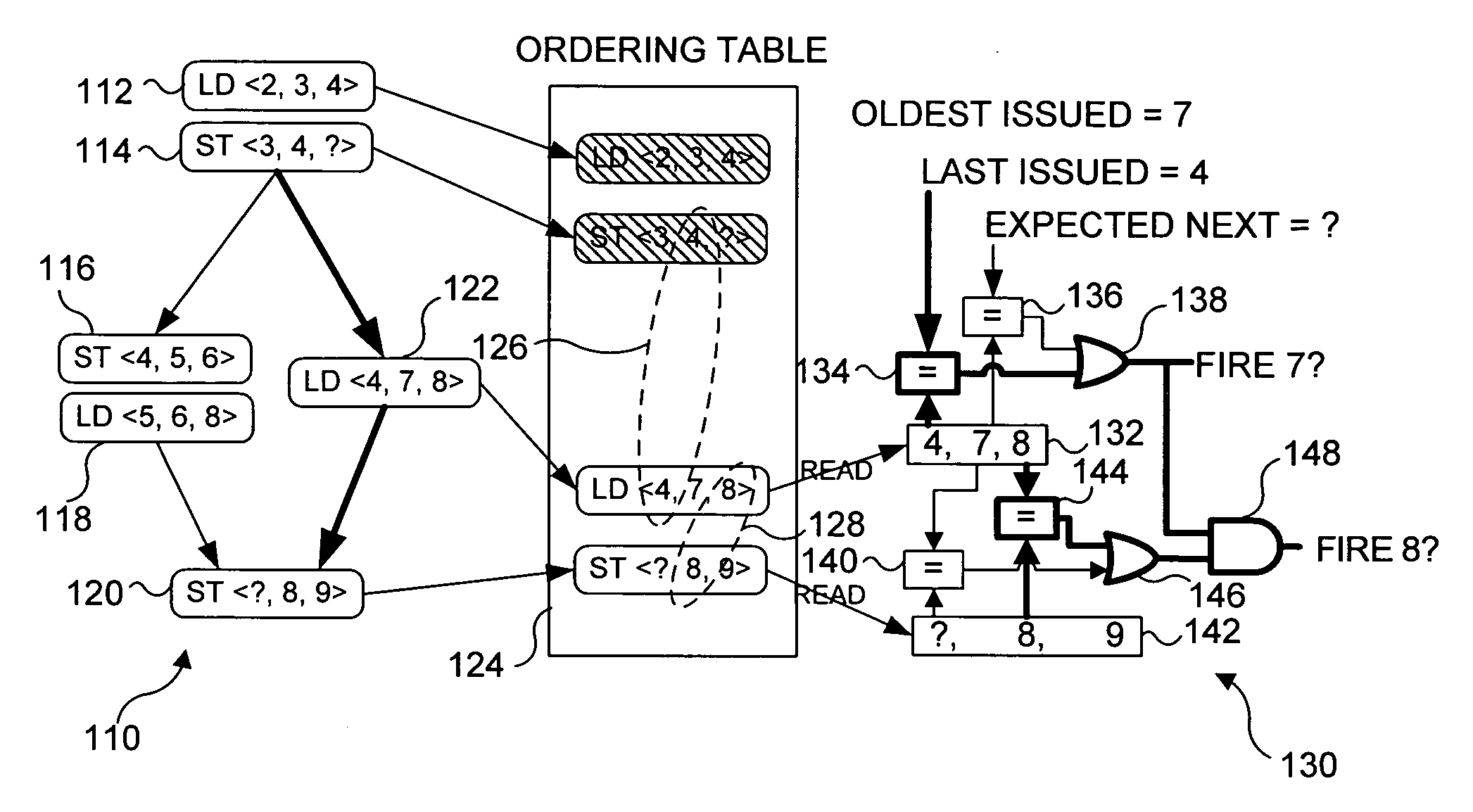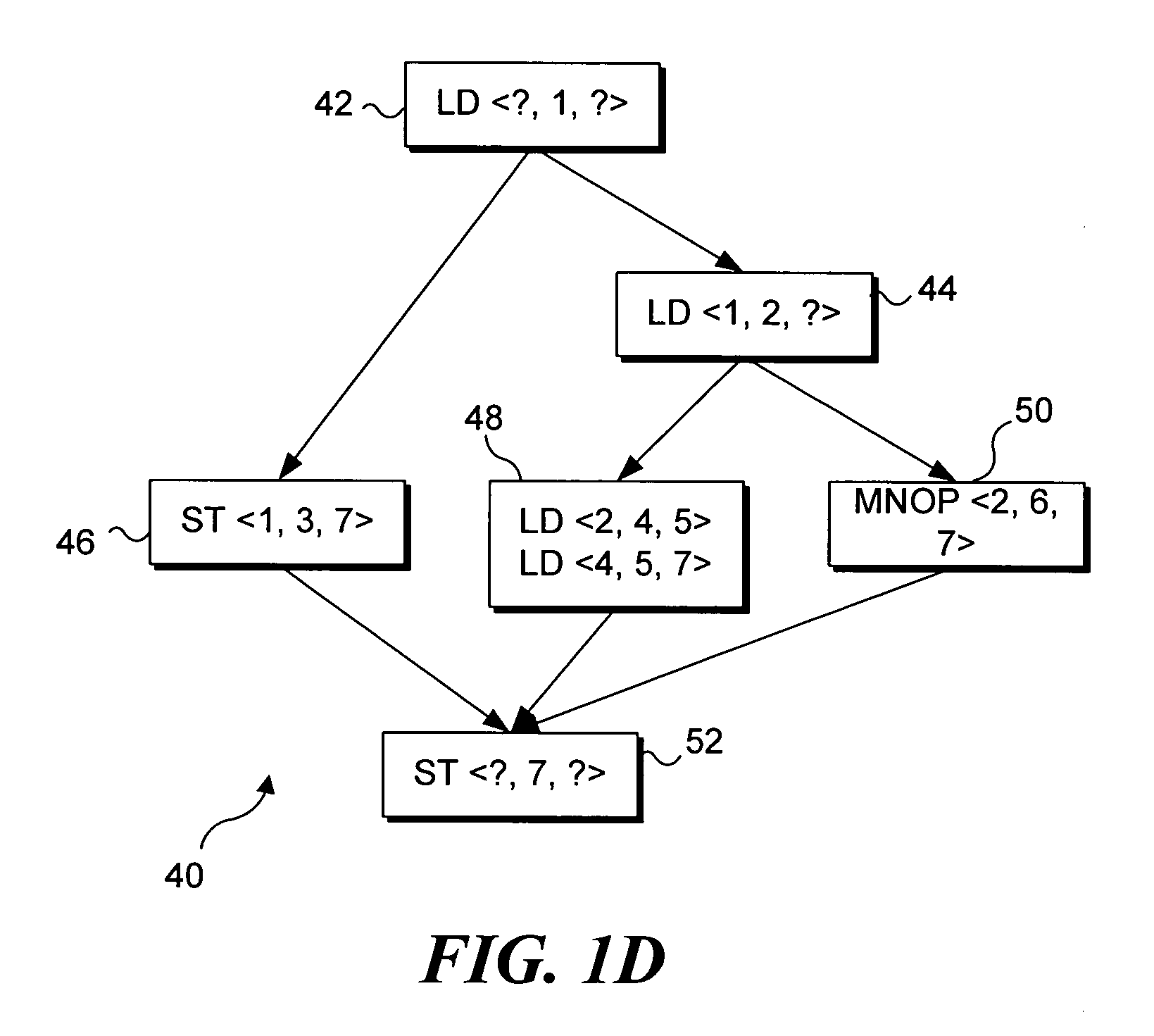Wavescalar architecture having a wave order memory
a wave order memory and wave order technology, applied in the direction of architectures with multiple processing units, multi-programming arrangements, instruments, etc., can solve the problems of increasing circuit complexity, increasing computation and communication performance, and scaling up current architectures that cannot convert these new transistors to commensurate increases in performance, so as to minimize communication costs, maximize processor utilization, and avoid long wires and broadcast networks
- Summary
- Abstract
- Description
- Claims
- Application Information
AI Technical Summary
Benefits of technology
Problems solved by technology
Method used
Image
Examples
Embodiment Construction
[0048] WaveScalar, a recently proposed architecture, is one example of the different ways being developed to convert silicon resources into application performance. Earlier WaveScalar work demonstrated its potential to outperform end-of-the-road superscalars and compete in the multithreaded design space. However, WaveScalar is a highly unusual design, utilizing hundreds of ALU cores and specialized and distributed memories. It might be appropriate to ask if WaveScalar can be built with current or even tomorrow's silicon technology? The following discussion addresses the buildability of WaveScalar's micro-architecture, which is referred to herein as the WaveCache. An RTL level design of the major WaveCache components is presented, and it includes: an execution core, a memory subsystem and a primary interconnect. Using a synthesizable implementation of this micro-architecture and a detailed instruction-level simulator, the area / performance trade-offs of alternative configurations of t...
PUM
 Login to View More
Login to View More Abstract
Description
Claims
Application Information
 Login to View More
Login to View More - R&D
- Intellectual Property
- Life Sciences
- Materials
- Tech Scout
- Unparalleled Data Quality
- Higher Quality Content
- 60% Fewer Hallucinations
Browse by: Latest US Patents, China's latest patents, Technical Efficacy Thesaurus, Application Domain, Technology Topic, Popular Technical Reports.
© 2025 PatSnap. All rights reserved.Legal|Privacy policy|Modern Slavery Act Transparency Statement|Sitemap|About US| Contact US: help@patsnap.com



